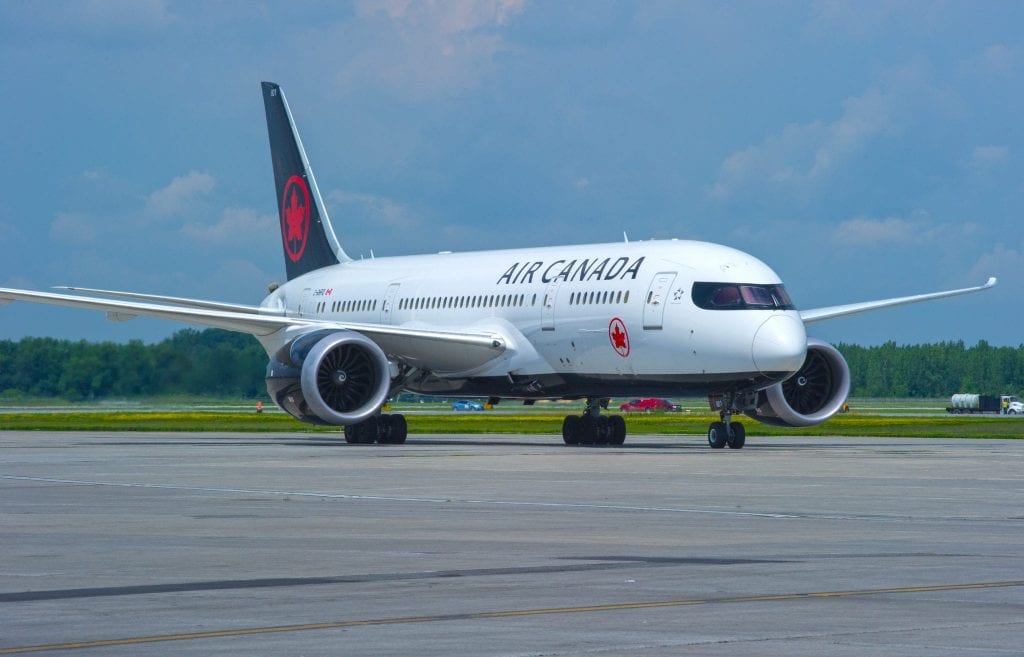Air Canada Struggles With How to Fill Planes in Winter

Skift Take
Air Canada has built a successful business flying customers between North America and Europe during the summer. But much of that business dries up the rest of the year. Now, Air Canada wants to find a way to produce more revenue in winter. Can it succeed?
After a near-miss with bankruptcy nine years ago, Air Canada is among world's healthier airlines, regularly reporting healthy profit margins while winning passengers with investments in new aircraft, luxurious premium cabins and swanky lounges.
But like nearly every Canadian and European airline since the jet age began, Air Canada still has not solved a structural problem: How to sustain profits from October through March, when Canadians (and Northern Europeans) dig in for winter.
That's something Air Canada management said this week it wants to fix, by investing in routes that will produce higher profits in the airline's weakest months, including new flights in the Americas, and to Australia and India.
The numbers are clear. This year, like most, Air Canada turned in a massively profitable third quarter, reporting net income of C$645 million ($490 million U.S.) with an operating margin of 15.5 percent. That was less than last year's 20 percent margin, but the dip can be blamed on fuel prices that were about 40 percent year than in 2017.
“The numbers were downright phenomenal,” Jay Shabat, publisher of Skift’s Airline Weekly, wrote in a report.
Yet the numbers are not sustainable, because Air Canada's business will drop off dramatically later this year, as its highly-seasonal (and profitable) transatlantic business slows.
In this year's first quarter, Air Canada reported an operating loss of $10.64 million with a margin of negative 0.3 percent, and executives were happy about it, calling attentio
